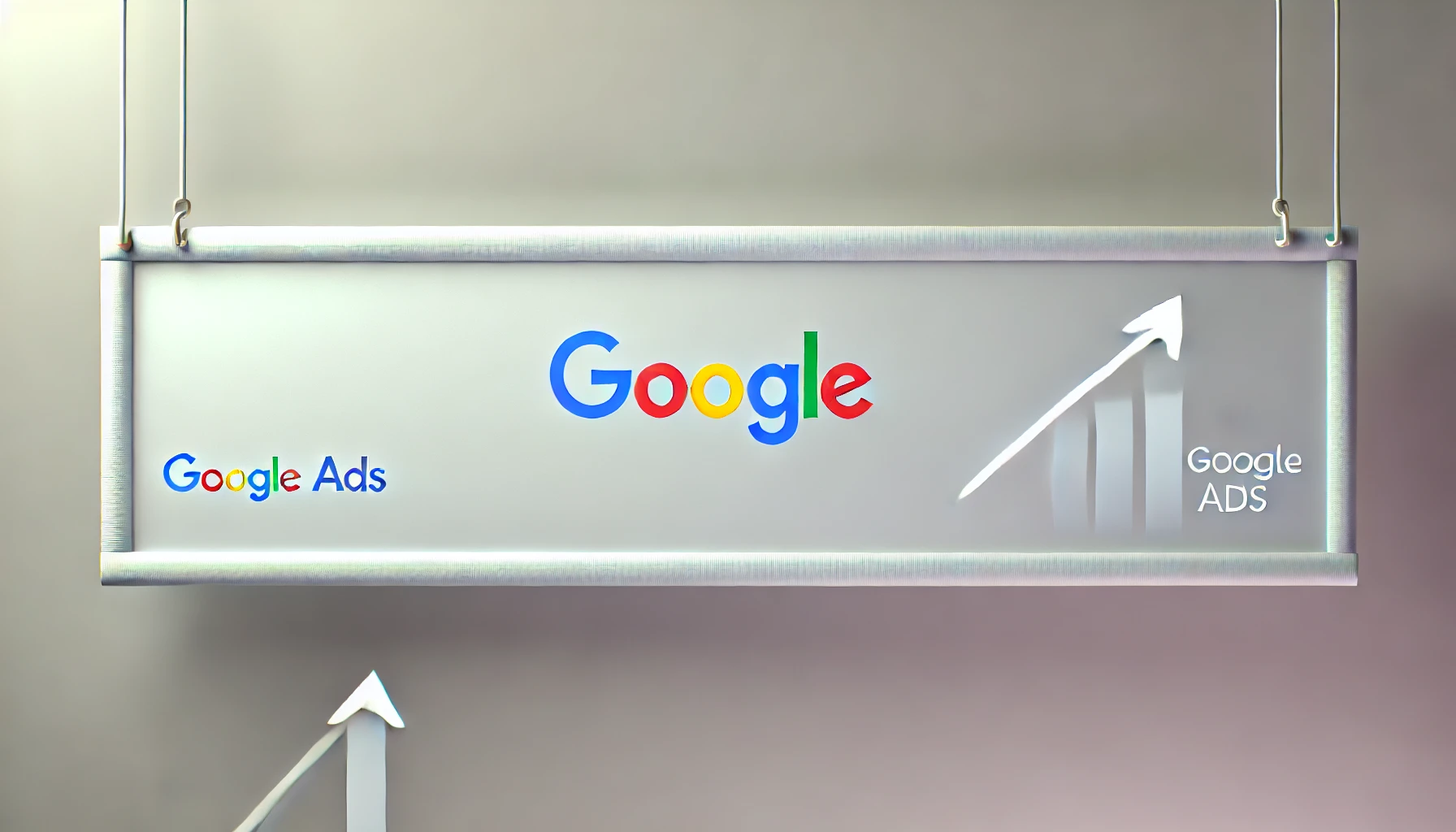30 Oct 2024
・
Google Ads
・
5 min
Max Conversions vs. Max Conversion Value vs. tROAS in Google Ads: Which Bidding Strategy Is Right for Your Store?

When it comes to optimising Google Ads, understanding the nuances of bidding strategies is essential to achieve your campaign objectives. This article will break down Max Conversions, Max Conversion Value, and Target ROAS (tROAS)—highlighting how each approach works, when to use them, and the key differences between them.
1. Max Conversions: Focus on Volume
The Max Conversions strategy aims to get as many conversions as possible within your set budget. This strategy doesn’t discriminate between the values of those conversions, meaning every conversion—whether it’s a $10 product or a $1,000 product—gets the same weight.
When to use Max Conversions:
- If your campaign focuses on lead generation (e.g., form submissions, newsletter signups).
- When you're selling low-ticket products with uniform pricing (e.g., skincare products priced around $30 each).
- For awareness or trial campaigns, where the goal is to maximise actions regardless of purchase value.
Example:
Imagine you are running a campaign for an online store that sells accessories like hats, socks, and scarves—all priced between $10 and $15. Using Max Conversions ensures you capture as many buyers as possible, prioritising volume over revenue per transaction.
Watch out for:
While this strategy drives volume, it doesn't account for conversion value differences. For example, if you also sell premium products but use Max Conversions, the algorithm may still prioritise cheaper products, even though those bring in less revenue.
2. Max Conversion Value: Optimising for Profit
In contrast, Max Conversion Value aims to maximise the total value of your conversions rather than their quantity. It focuses on finding higher-value conversions, even if it means sacrificing volume.
When to use Max Conversion Value:
- If your objective is profitability, not just transactions.
- When your product catalogue includes a wide price range (e.g., from $50 to $3,000).
- If you have a good understanding of customer lifetime value (CLV) and want to attract high-value customers.
Example:
Imagine you are selling products like sunglasses, watches, and electric bikes, with prices ranging from $100 to $3,000. A Max Conversion Value strategy will direct the budget towards customers more likely to buy the $3,000 electric bike, rather than focusing on cheaper sunglasses.
Potential pitfall:
This strategy works best when your conversion tracking is accurately set up. Assigning values to the wrong events (e.g., giving too much importance to newsletter signups) could lead the algorithm to prioritise the wrong actions, reducing the effectiveness of your campaign.
3. Target ROAS (tROAS): Balancing Returns with Precision
Target ROAS (Return on Ad Spend) allows advertisers to set a specific return they expect for every dollar spent on ads. The algorithm optimises towards reaching that target by adjusting bids dynamically, focusing on transactions that meet or exceed your desired ROAS threshold.
When to use tROAS:
- If you need to maintain a specific profit margin across your campaigns.
- For multi-category stores, where you need to ensure a minimum profitability threshold across different products.
- When your attribution windows vary, and you need the algorithm to learn from patterns in high-ticket sales.
Example:
Imagine you operate an online shop selling electronics, with both low-margin items like phone cases ($15) and high-margin items like laptops ($1,500). You can set a tROAS of 500%, meaning you want $5 in revenue for every $1 spent. This strategy ensures the algorithm finds high-value customers while respecting your profitability goals.
Pro tip:
Starting with a lower tROAS target (e.g., 300% instead of 800%) allows the algorithm to gradually learn and find opportunities across all product ranges. As the campaign progresses and the algorithm gathers more data, you can increase the tROAS to optimise for higher returns.
Key Differences and Choosing the Right Strategy
Conclusion
Choosing the right bidding strategy in Google Ads depends on your campaign goals. If you're looking for volume, Max Conversions might be the way to go. If profitability is your primary concern, Max Conversion Value will focus on high-ticket transactions. And for campaigns with strict profitability targets, tROAS allows you to fine-tune performance based on return expectations.
At Blend AI, we’ve seen that combining these strategies across different campaigns—depending on product range, audience segmentation, and business objectives—yields the best results. Using the right bidding strategy at the right time ensures that every dollar spent contributes meaningfully to your bottom line.
If you’re unsure which strategy to use or need help optimising your campaigns, reach out to our experts at Blend AI. We’ll help you navigate the complexities of Google Ads and ensure your ad spend is working harder than ever!
